Freshwater pearls have been admired for hundreds of years. They offer a beautiful and stylish option compared to saltwater pearls, without being as expensive. If you’re curious to know more about what are freshwater pearls, and why they’re trending in modern jewelry designs, this guide will give you all the answers you need about these wonderful natural gems.
1. What Are Freshwater Pearls: Understanding the Basics
What are freshwater pearls? Simply put, freshwater pearls are pearls that are farmed and created using freshwater mussels in lakes, rivers, and ponds. Unlike saltwater pearls that form in ocean-dwelling oysters, freshwater pearls are formed in mollusks that live in rivers, lakes, and ponds rather than ocean-dwelling oysters.
These days, the majority of freshwater pearls are found in Chinese lakes and rivers. Although they also contribute, the United States and Japan only account for a small portion of the market. Almost all freshwater pearls you find on the market these days are cultured freshwater pearls. A single freshwater mussel can actually produce up to 50 pearls at once, which makes the process of growing these pearls very intriguing! They are therefore far more popular and reasonably priced than saltwater pearls.
They are made in the same manner as other pearls. A pearl is created when a mussel begins to coat itself in nacre, the shiny pearl substance, to protect itself from a tiny bit of grit or something else that gets inside. Compared to other types of pearls, freshwater pearls have some characteristics that diffrent from saltwater pearls because they grow in rivers and lakes rather than the ocean.
2. Saltwater vs freshwater pearls
To really understand what are freshwater pearls, it’s essential to know the differences between them and saltwater pearls.
Formation and Environment
The main difference is where they grow. Freshwater mussels yield freshwater pearls, while saltwater oysters yield saltwater pearls. This difference greatly affects their value and appearance.
Shape and Size Variations
Most of the freshwater pearls aren’t usually as perfectly round as saltwater pearls, which makes them more affordable. But that doesn’t make them any less beautiful! Often, they have many shapes, round, near round, oval-shaped, baroque or slightly irregular, which gives them a unique, natural look that a lot of jewelry designers actually love.
Luster and Appearance
The luster is also different. “Oriental” luster is a term used to describe the vivid, shimmering sheen that freshwater pearls frequently possess. Freshwater pearls glow more subtly and satinily, while saltwater pearls typically shine brighter and more like a mirror.
Freshwater pearls have the advantage of typically having a thicker nacre coating. They may shimmer more deeply and richly as a result. They will also last longer because of their increased durability due to the thicker nacre.
3. The Unique Characteristics of Freshwater Pearls
Color Varieties
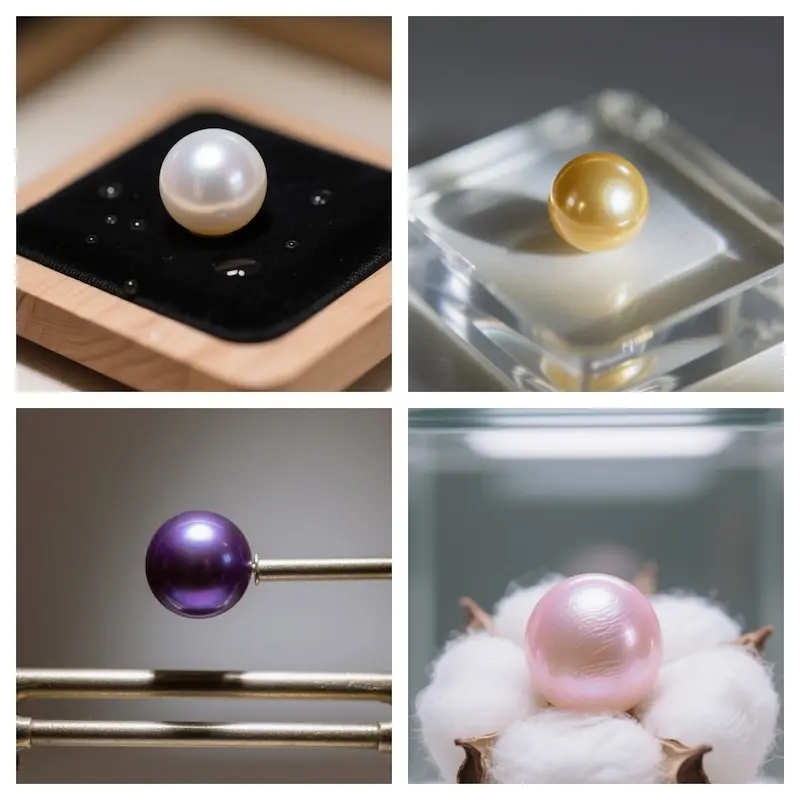
What are freshwater pearls known for in terms of color? These pearls offer an impressive spectrum of natural colors. Compared to saltwater pearls, they’re generally smaller, more colorful, have less uniform shapes, and exhibit less luster. The color range includes classic white and cream tones, as well as natural pastels in pink, lavender, peach, and even dramatic peacock colors.
Size and Shape Options
Freshwater pearls come in all sorts of sizes, usually between about 3mm and 12mm. You can find ones bigger than that, but those are less common.The shapes include:
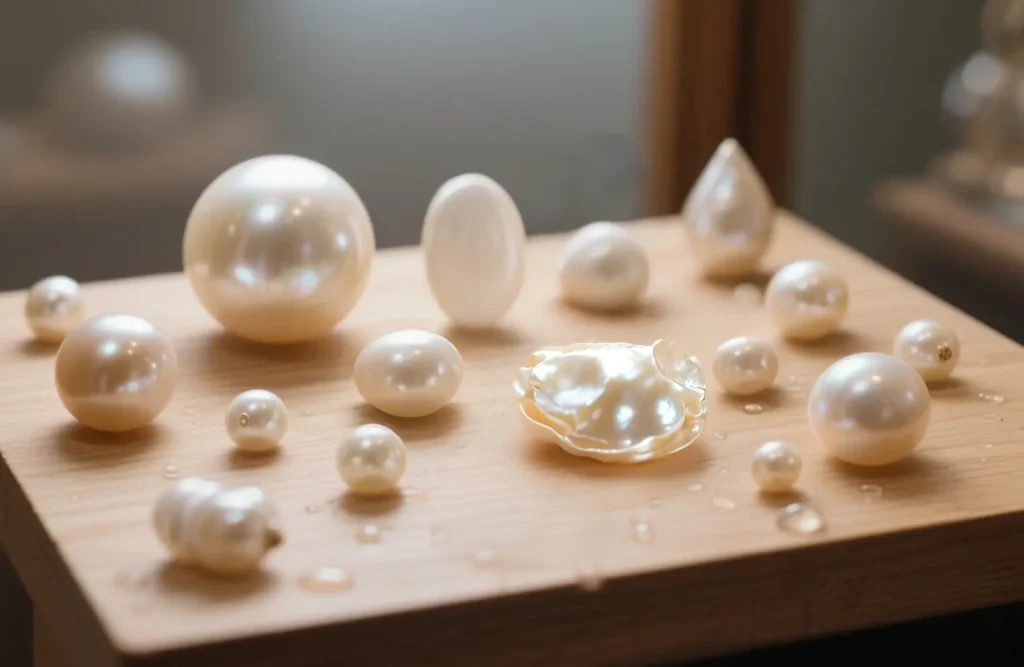
- Round (most valuable)
- Near-round
- Oval
- Button
- Baroque (irregularly shaped)
- Stick pearls (long and cylindrical)
Nacre Quality
The nacre thickness in freshwater pearls is generally superior to many saltwater varieties. With no round inner “template” bead nucleus to work with, the freshwater pearl mussel still does a remarkable job creating beautiful pearls with substantial nacre layers.
4. Why Choose Freshwater Pearls?
Affordability Without Compromise
When considering what are freshwater pearls best known for, affordability tops the list. Freshwater pearls are generally less expensive than Akoya pearls, by a factor of 20-50%, depending on the pearl quality and size. This makes them an excellent choice for those seeking quality pearls without the premium price tag.
Versatility in Jewelry Design
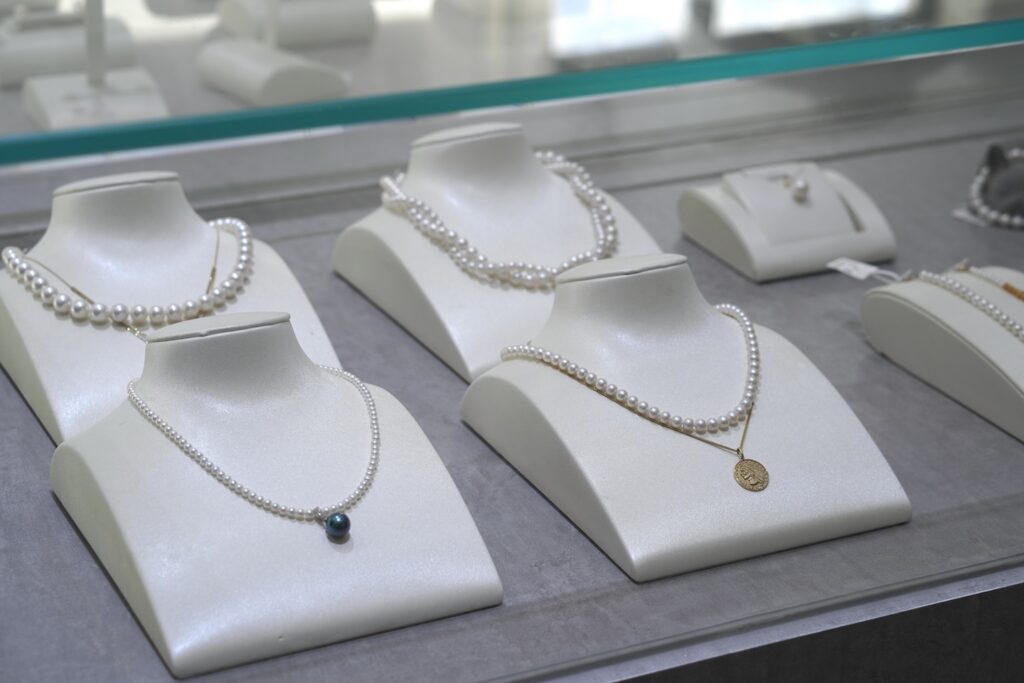
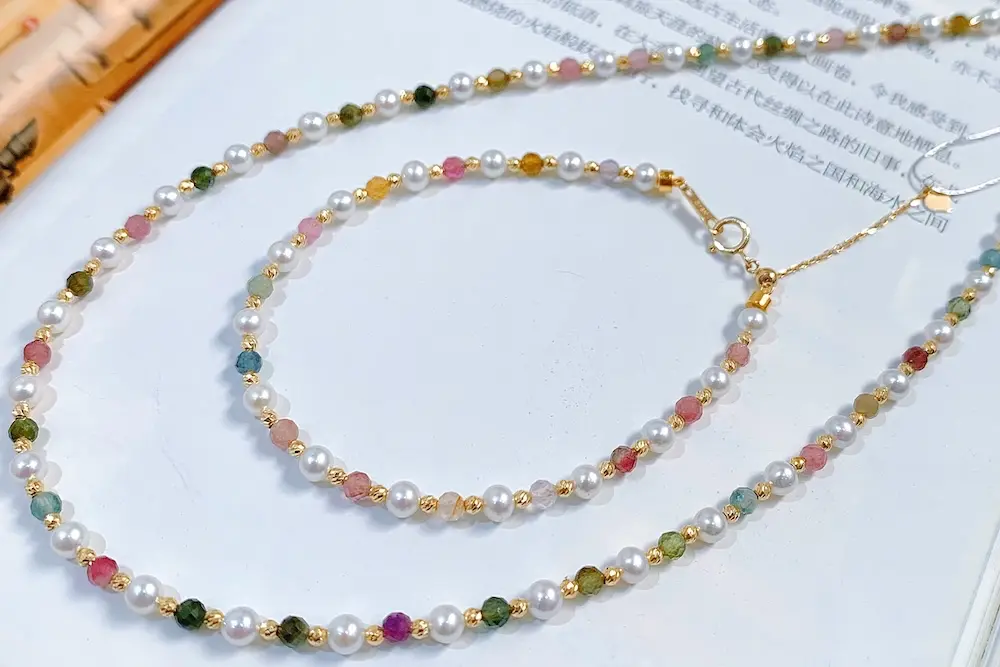
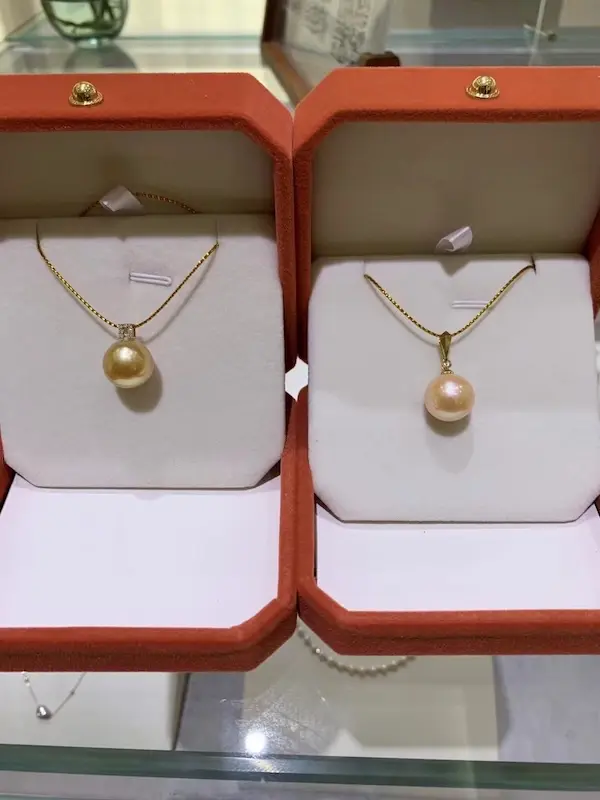
Because freshwater pearls come in so many shapes, sizes, and colors, they’re super versatile for making jewelry. Whether you want to wholesale pearls for a business or just want a pretty pearl necklace for yourself, freshwater pearls give you lots of options.
Durability and Longevity
Because freshwater pearls have thick layers of nacre, they’re actually pretty durable if you take care of them. With the right maintenance, they can even last for generations.
5. Quality Factors to Consider
Grading System
To know how much freshwater pearls are worth, people look at how shiny the pearl is (its luster), how big it is, its shape, its color, how smooth the surface is, and how good the pearl’s coating (the nacre) is. Knowing what these things are will help you make smart decisions when you’re buying pearls.
Surface Quality
Look for pearls with minimal blemishes or surface irregularities. Both the Akoya and Freshwater pearl’s inclusions are pretty small, and should only be visible upon careful inspection.
Matching in Strands
For pearl necklaces or bracelets, consistency in size, color, and luster across the strand significantly affects value and appearance.
6. Caring for Your Freshwater Pearls
Daily Care Guidelines
Taking good care of your freshwater pearls will keep them looking beautiful for many years. Because pearls are natural gems, you need to follow some specific care tips:
- To prevent scratches, keep your pearls apart from other jewelry.
- After wearing them, clean them with a gentle, moist cloth.
- Keep them away from harsh chemicals, perfumes, and cosmetics.
- Every now and then, have them professionally restrung.
Long-term Maintenance
Regular professional cleaning and inspection help maintain your pearls’ condition. Unlike synthetic materials, pearls benefit from being worn regularly, as the natural oils from your skin help maintain their luster.
Investment Value and Market Trends
Current Market Position
The past two decades have seen a huge increase in their quality and popularity. Thanks to better farming methods, freshwater pearls are now almost as beautiful as saltwater pearls, but they’re still much more affordable.
Future Outlook
The freshwater pearl market continues to evolve, with Chinese pearl farms developing increasingly sophisticated cultivation methods. This progress suggests that what are freshwater pearls capable of achieving in terms of quality will continue to improve.
Choosing the Right Freshwater Pearls
For Different Occasions
Consider your intended use when selecting freshwater pearls:



- Everyday wear: Choose durable, medium-sized pearls with good nacre
- Special occasions: Opt for higher luster and more uniform shapes
- Professional settings: Classic white or cream colors work best
- Fashion statements: Experiment with baroque shapes and unusual colors
Budget Considerations
The price of pearl jewelry is determined by a number of factors, such as its color, shape, size, type, etc. Figure out how much you’re willing to spend and decide which qualities matter most to you.
Xinye Pearl specializes in wholesale freshwater pearl jewelry. If you’re looking for that, feel free to get in touch!
FAQs
Are freshwater pearls considered real pearls?
Yes, freshwater pearls are 100% real pearls.
Are freshwater pearls worth anything?
Yes, freshwater pearls absolutely have value. Their worth varies based on factors like luster, surface quality, shape, size, and color. While generally more affordable than saltwater pearls, high-quality freshwater pearls can be quite valuable.
What is special about freshwater pearls?
Freshwater pearls are special for several reasons: Diverse Shapes & Colors, Solid Nacre, Affordability.
Why are freshwater pearls cheap?
Freshwater pearls are generally more affordable due to: High Production Volume, Faster Growth, Easier Farming.
Conclusion:Understanding what are freshwater pearls opens up a world of surprisingly affordable luxury and timeless beauty. These amazing gems give you the elegance and sophistication of pearls, without the hefty price tag of the saltwater kind. They have thick nacre, come in lots of colors, and the quality is always improving. This makes freshwater pearls a fantastic choice whether you just love jewelry or are looking for a smart investment!
Whether you are attracted to their organic appearance, recognize their value for money it, or appreciate their sustainable growing methods, freshwater pearls provide an accessible entry point into the world of fine pearl jewelry. As cultivation techniques continue to advance, the question of what are freshwater pearls capable of becomes increasingly exciting, promising even more beautiful and valuable options in the future.
From classic white pearl strands to dramatic baroque statements, freshwater pearls offer something for every taste and budget. Their natural beauty, how long they last, and the good value they offer make freshwater pearls a smart choice if you want to add some timeless elegance to your jewelry collection.

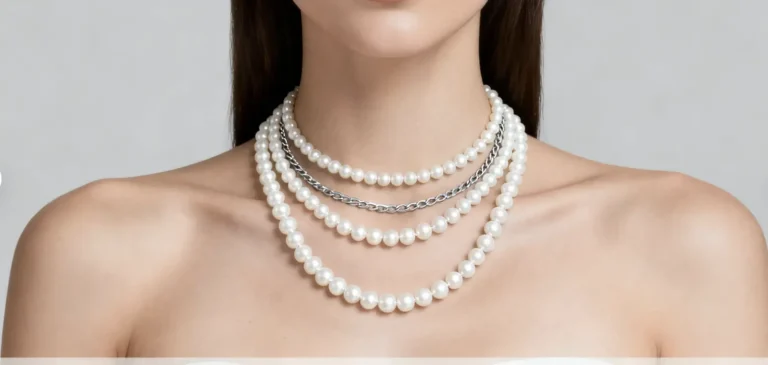
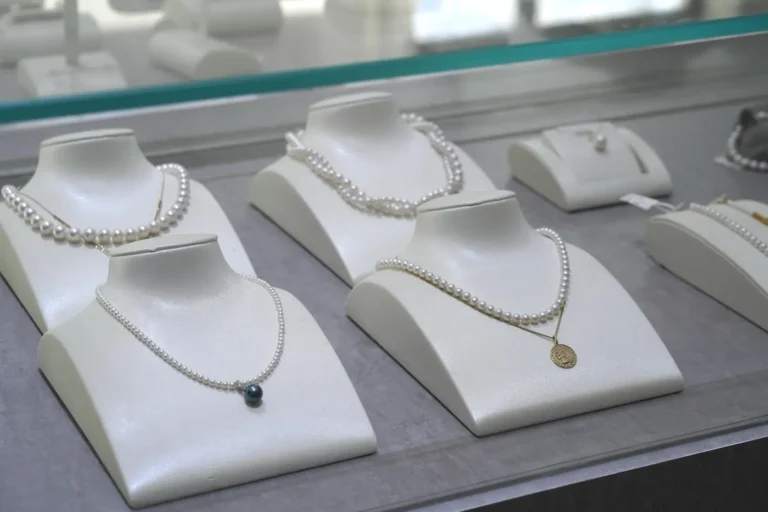
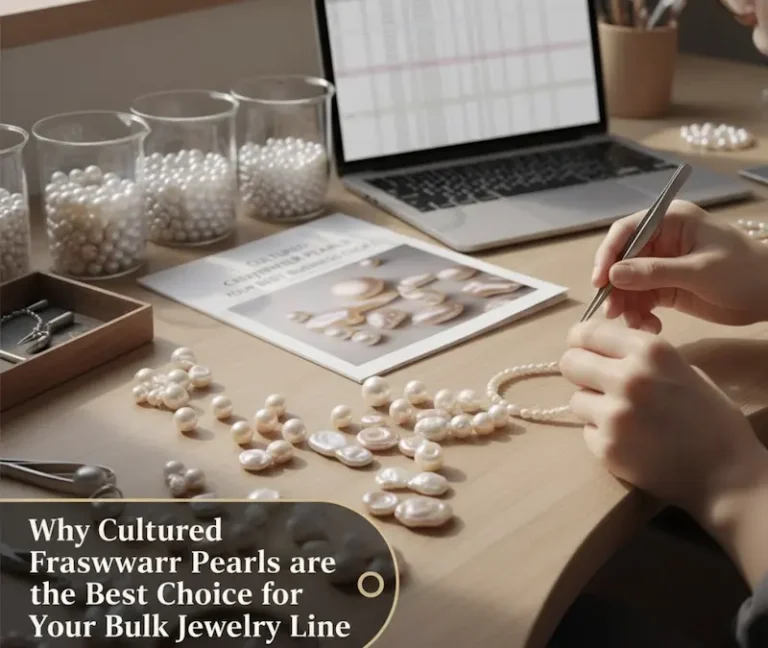
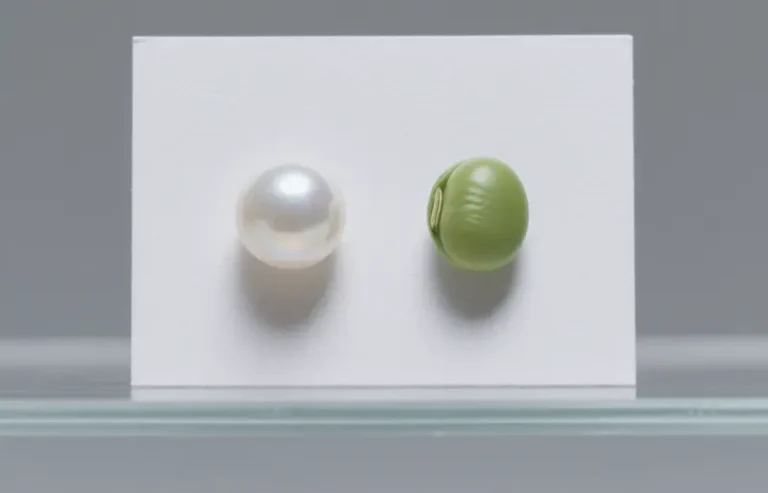

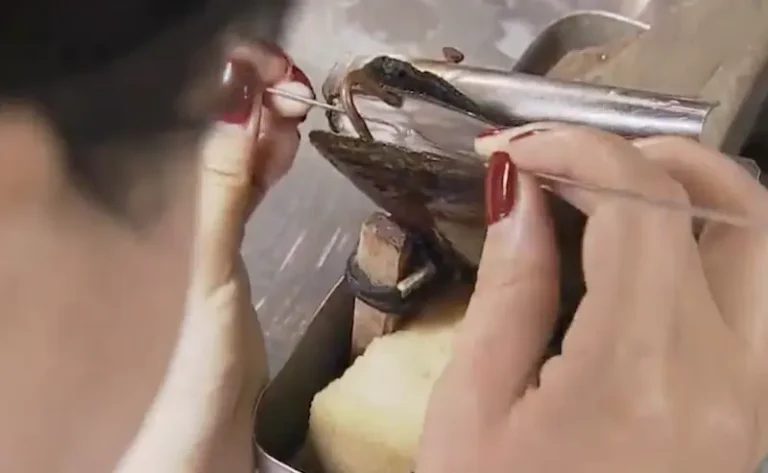

One Comment